"The hospital said it would pay 40 million in advance, but I only have 10 million in my pocket."
After only 2 days in the hospital for coronary artery stenting, the treatment cost for Mr. TTB (71 years old, from Vinh Phuc) was up to 108 million VND. However, because it was an emergency case and he had health insurance coverage, the insurance fund paid 95% of it, equivalent to more than 75 million VND. The family only had to pay the remaining 33 million.
“If my father did not have health insurance, we would definitely be in a very difficult situation. Such a large payment has greatly lightened the burden on the whole family,” said Ms. H., Mr. B.’s daughter.
Before that, when Mr. B. was hospitalized, the family was asked to advance 40 million VND. In the emergency, Ms. H. had to find a way to get by because the family did not have such a large amount of money available.


“My father complained of chest pain, so I took him to the doctor. I only had 10 million VND with me. Unexpectedly, the doctor asked me to be hospitalized for emergency treatment. When I went to the counter to pay the deposit, I used my Visa card but there was an error, forcing me to pay cash but my account did not have enough money. Luckily, thanks to timely support from friends within a few minutes, I had enough money to complete the procedure for my father,” she said.
According to Ms. H., after only 2 days in the hospital, she realized how important health insurance is. For coronary artery stenting cases like her father's, if they have health insurance and are transferred to the right facility, patients usually only have to pay about 30 million VND - a large number but much more feasible than the actual total cost.
“Having a family member working and having a stable income, it’s not too difficult for us to work together to take care of our father. But in my hometown, many people are not well-off, have been sick for a long time without insurance, and when they are hospitalized, the cost of placing two stents can be up to 200 million VND. The family cannot afford it, so they have to borrow money or accept late treatment,” Ms. H. shared.
According to her, medical examination and treatment costs are still a huge burden for many families, especially freelance workers, farmers or people who cannot afford to participate in regular health insurance.
Free hospital route for people
Professor - Doctor Tran Van Thuan, Deputy Minister of Health , Chairman of the National Medical Council, affirmed that exempting hospital fees for all people is a very great and humane policy, clearly demonstrating the superiority of our regime in taking care of people's health.
The Ministry of Health is finalizing the draft Resolution of the Politburo on breakthroughs in public health care, meeting the requirements of national development in the new era. It proposes many solutions focusing on developing health care, public health care, and moving towards free hospital fees for all people.
The draft states that, in terms of orientation, from 2030 to 2035, each person will receive free periodic health check-ups at least once a year at the initial medical examination and treatment level; have an electronic health book created to manage health over the life cycle; be screened according to professional requirements, ensuring effective control of health risk factors...

Free hospital fees for all people is a great and humane policy, clearly demonstrating the superiority of our regime in taking care of people's health.
In addition, we also need to achieve universal health insurance coverage; increase the level of health insurance contribution support according to the roadmap for students, the elderly, the disabled, people from near-poor households and social policy beneficiaries; increase the level of payment for health insurance examination and treatment costs according to the roadmap suitable to the contribution level and priority subjects.
The goal is to strive for 100% of the health insurance benefits to be paid by the health insurance fund by 2035 at the initial medical examination and treatment level, and the facility registering for initial health insurance medical examination and treatment is at the basic medical examination and treatment level.
100% of primary health care facilities have the capacity to effectively provide primary health care. During the 5 years from 2025 to 2030, each year at least 1,000 doctors will be sent to work for a limited period at primary health care facilities.
By 2045, people's health indicators and essential health service coverage index will be equivalent to those of developed countries. Average life expectancy will reach over 80 years, with the number of healthy years increasing. The average stature, physical strength, and height of young people will be equivalent to those of countries with the same level of development.
Comprehensive amendment of the Health Insurance Law
According to Deputy Minister Thuan, the Ministry of Health plans to comprehensively amend the Law on Health Insurance to include periodic health check-ups in the scope of basic benefits of health insurance participants, and at the same time clearly stipulate preventive service packages paid for by the fund according to the roadmap.
Sub-law documents such as decrees and circulars need to specify the frequency of examinations, professional content, payment levels, and inter-sectoral coordination mechanisms between health insurance, preventive medicine, and primary health care. Examination packages need to be designed appropriately according to age groups, occupations, risk factors, and geographical areas, with appropriate payment levels.
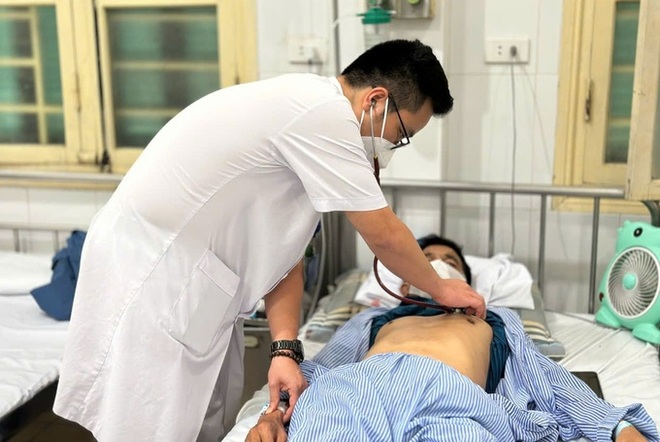
In addition, it is necessary to promote policy reform towards expanding the scope and level of health insurance benefits based on the principle of taking prevention as the foundation, shifting from treatment to proactive health care.
Priority is given to fully paying for basic services that are highly cost-effective such as regular health check-ups, screening for early detection of non-communicable diseases, occupational health management, etc.
“On that basis, we gradually move towards covering modern medical techniques, pharmaceuticals and specialized services.
At the same time, research will be conducted to increase the sustainability of the health insurance fund by adjusting the contribution level to suit the living standards and medical needs, encouraging high-income groups and large enterprises to contribute more according to the principles of fairness and consensus," Deputy Minister Thuan emphasized.
In addition, according to the Deputy Minister, it is necessary to consider additional mobilization mechanisms, such as revenue from special consumption tax on products with high risks to health such as alcohol, beer, sugary soft drinks, or funding from the Tobacco Harm Prevention Fund.
These are sustainable indirect revenue sources, in line with international practices, such as the definition of “health taxes” proposed by WHO (levied on products that have negative impacts on public health, such as tobacco, alcohol and sugary drinks).
Source: https://dantri.com.vn/suc-khoe/bo-y-te-se-hien-thuc-hoa-chinh-sach-mien-vien-phi-cho-nguoi-dan-ra-sao-20250604072652719.htm












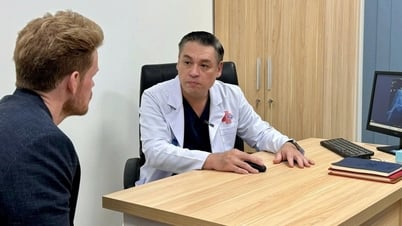


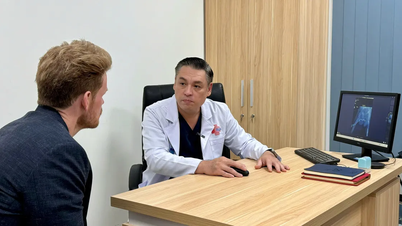





































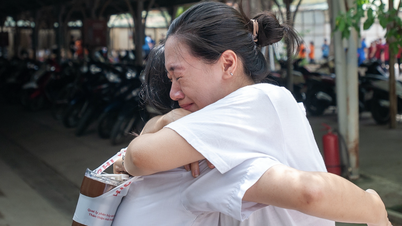



















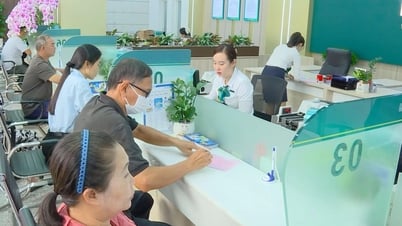








![[OCOP REVIEW] Tu Duyen Syrup - The essence of herbs from the mountains and forests of Nhu Thanh](https://vphoto.vietnam.vn/thumb/402x226/vietnam/resource/IMAGE/2025/6/5/58ca32fce4ec44039e444fbfae7e75ec)




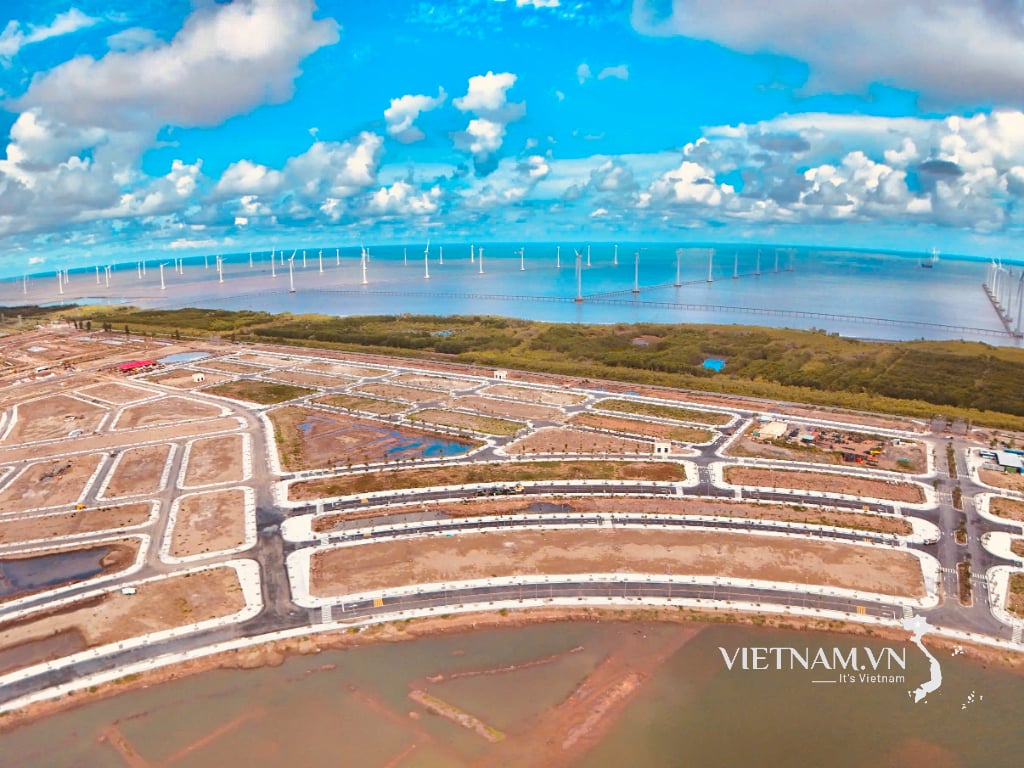


Comment (0)